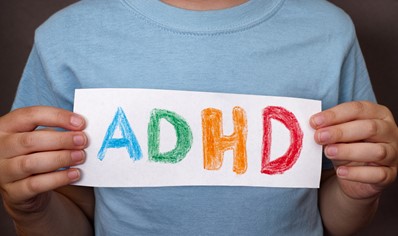
Does your child have ADHD? They’re not alone. According to the CDC, 7 million US children between 3 and 17 years old have been diagnosed with ADHD.
Boys are more likely to be diagnosed with ADHD than girls. This is likely due to the way the condition develops in boys vs. girls. ADHD can be harder to identify in girls; they tend to have fewer behavioral problems, and symptoms are less noticeable. While boys’ behavior may seem more disruptive, girls with ADHD may be seen as daydreaming or “off in their own world.”
Please note that the list of gender differences should not be considered absolute. Some boys will show more inattentive symptoms, and some girls will show more disruptive symptoms.
ADHD Symptoms in Boys
- Being impulsive (interrupting or blurting out answers)
- Being hyperactive (having trouble sitting still or fidgeting)
- Being physically aggressive
- Getting frustrated easily
ADHD Symptoms in Girls
- Being inattentive (girls are more likely to be diagnosed with inattentive ADHD)
- Internalizing emotions including low self-esteem, crying, and anxiety
- Being verbally aggressive
- Being forgetful
- Having a hard time staying organized
ADHD Symptoms in Both Genders
- Inattentive
- Daydreaming/unable to focus
- Organizing
- Difficulty following directions
- Hyperactive-impulsive
- Fidgeting
- Restlessness
- Interrupting others
- Acting without thinking
It’s important to understand the symptom differences in boys vs. girls so they do not get overlooked. If these symptoms go untreated, it can lead to academic and social troubles for your child.
Teenagers with undiagnosed ADHD are more likely to engage in risky behaviors to cope with academic and social demands. If they are not given the right tools to manage ADHD earlier in life, they may find unhealthy ways to cope as they get older.
ADHD Treatment
Have you noticed signs of ADHD in your child? There are several ways to treat their condition, including:
- Psychotherapy (read more about psychotherapy here)
- Medication management
- Classroom accommodations
- Regular exercise and sleep
If you think your child may have ADHD, contact their primary care physician or contact our Member Services team to get connected to a provider.
- STAR (Medicaid): 1-888-672-2277
- CHIP: 1-888-814-2352
- TTY 7-1-1



